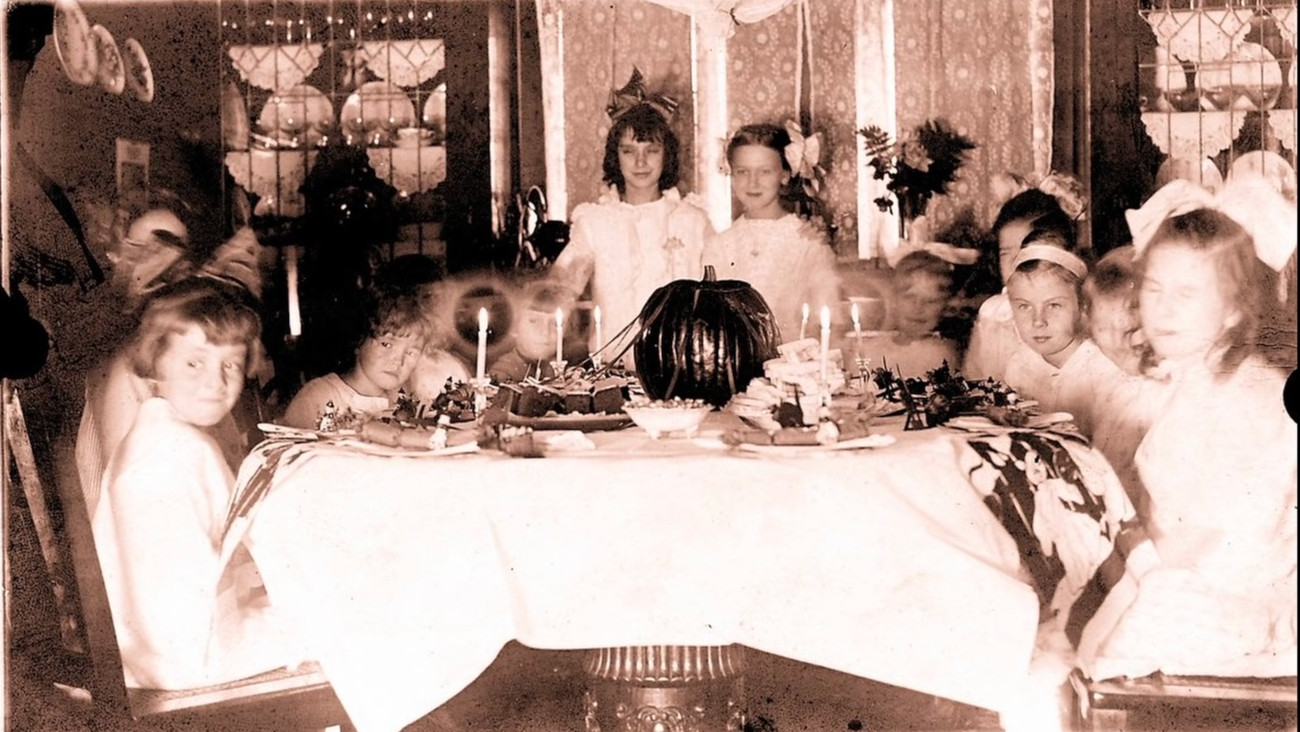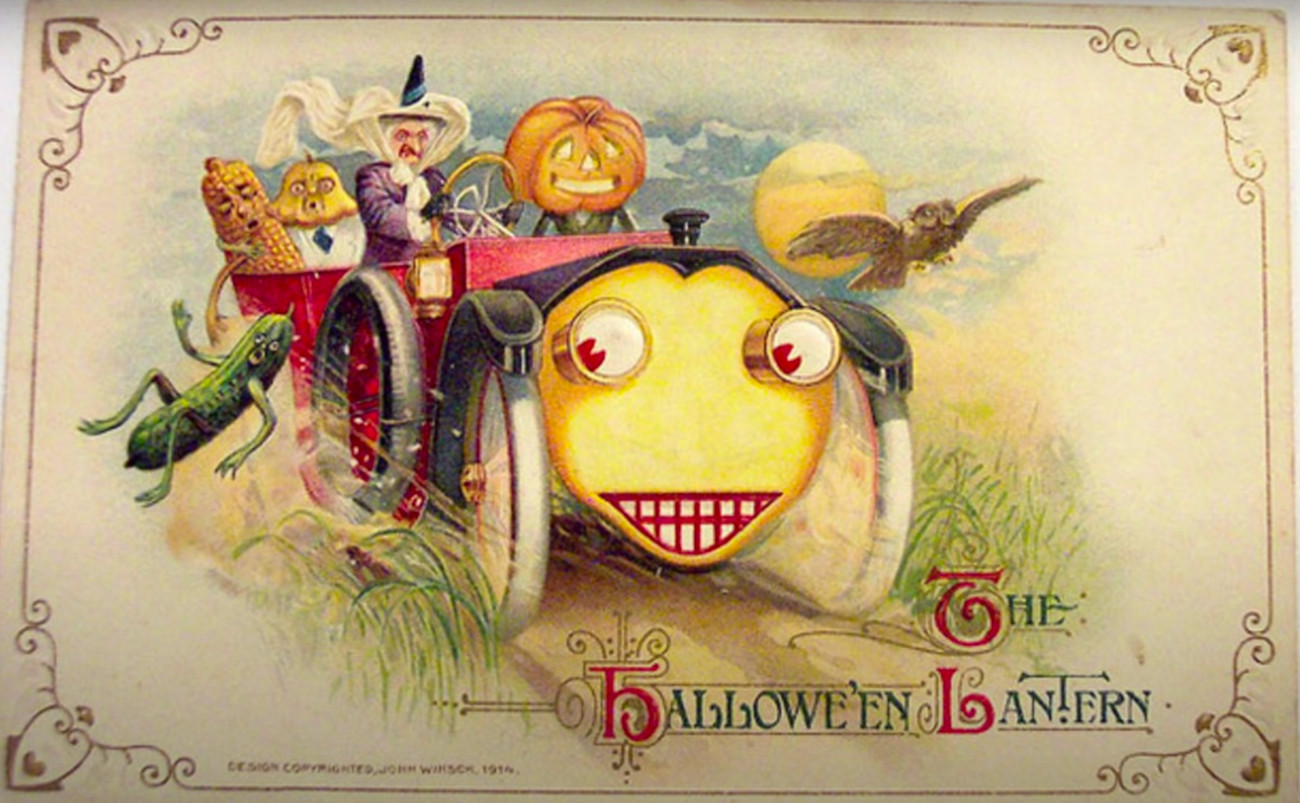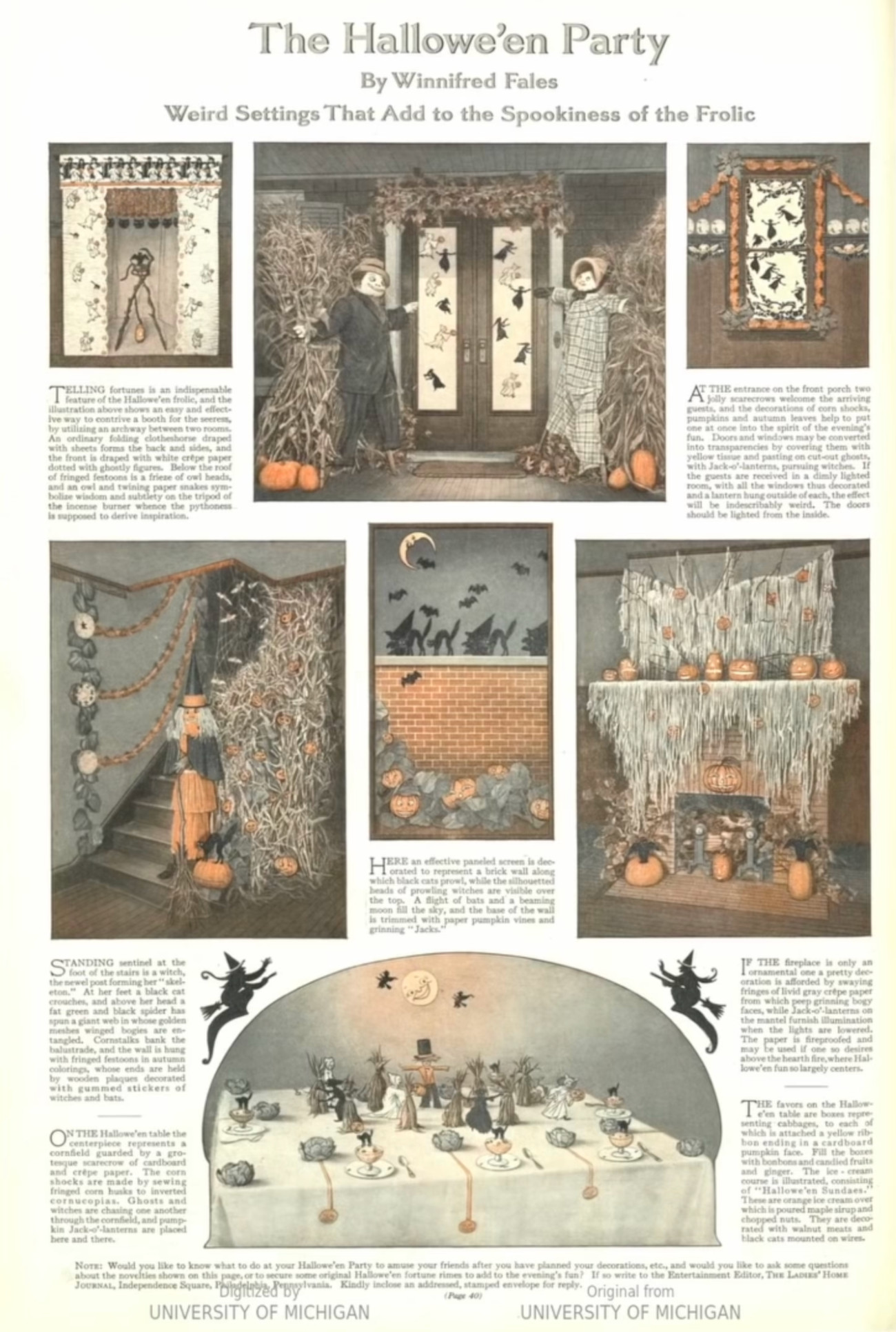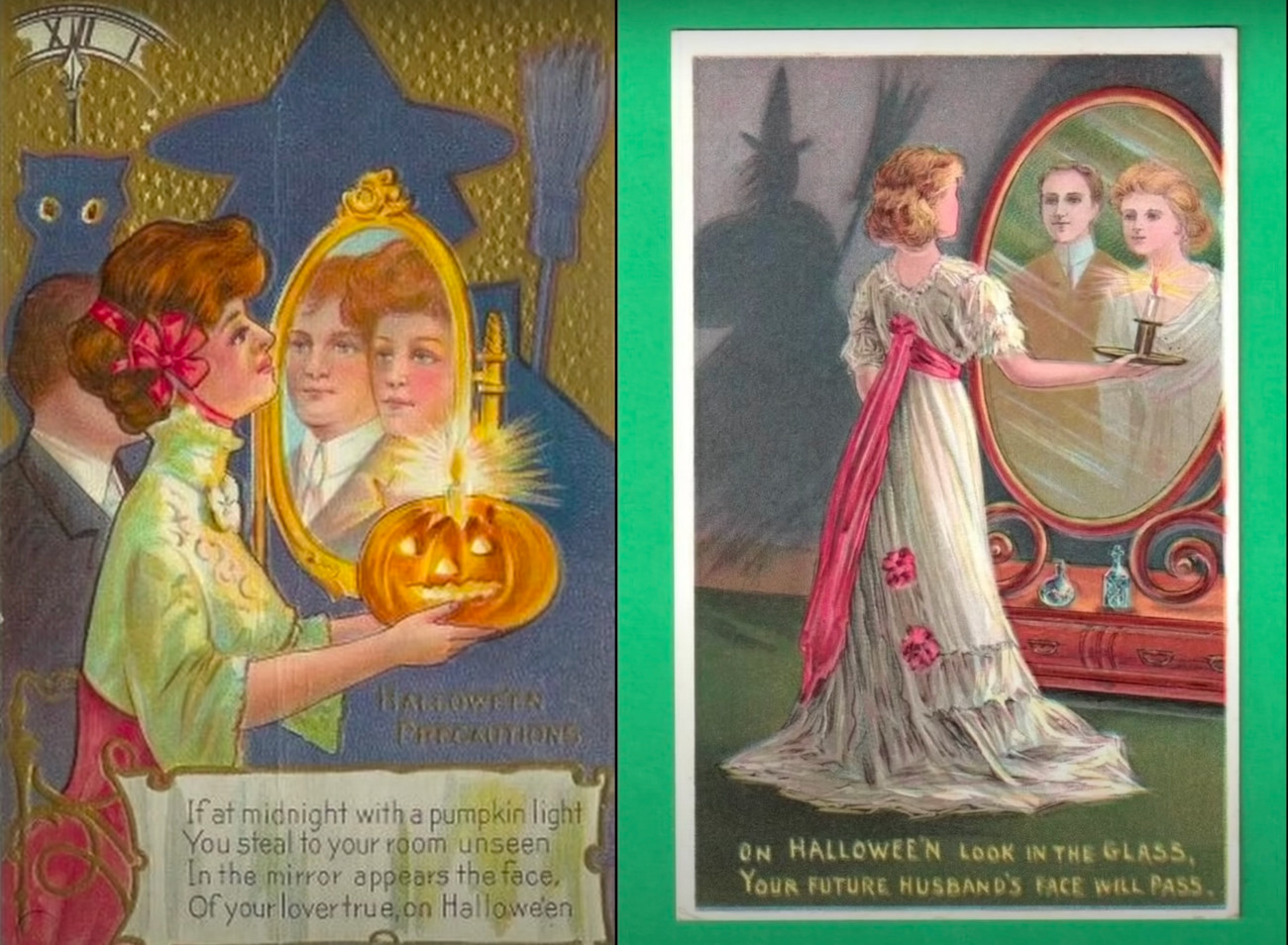What Did Halloween Parties Look Like 100 Years Ago?
Halloween parties, if you went to one, were probably delightfully fun-filled with an awful lot of candy, seasonally spooky music like Monster Mash or Thriller, and costumes galore. Nowadays, some of the party and even trick-or-treating traditions have faded as many schools and organizations host trunk-or-treat events. If you’re not familiar, it’s where parents drive their kids to a parking lot and let the kids safely go from car to car, taking candy from other classmates’ parents. With traditions changing, one has to wonder what Halloween parties were like a hundred years ago?

Kaz Rowe makes countless videos discussing historical topics, so when it came time for the spooky Halloween season, Rowe explored the history of Halloween parties of the 1910s and 1920s as advertised and sold in print media.

Parties were definitely a bit more formal with invitations. These cards hadn’t changed much since the Victorian Era (technically the Gilded Age in the US), a fan favorite still being anthropomorphic vegetables and fruits.
One magazine’s suggestion would still be popular today and reads as follows. “Enclose within each envelope is a red maple leaf and the yellow one. These are to be cut from paper…On each leaf print the name of the person to whom the invitation goes with these directions: We herewith make sincere request, that you will deign to be our guest. On Halloween on hour of 8, pray don’t be formal, pray don’t be late. As the autumn breezes gaily blow, let the maple imps your fortune show. If you cannot come which would give us grief, please return us the yellow leaf; but if you can come much joy you’ll shed, by sending us promptly the leaf that’s red.”

Decorations were creative, with decor brought in from nature and the outdoors. Leaves and branches were easy and affordable decorations, sometimes crepe paper was bought to fill in the space. Basements were often suggested as spooky venues for these sorts of parties, but the best Halloween party location cited for this era was barns.

While decorations were generally DIY party favors made of paper mache, and were purchased at stores. These favors were considered souvenirs for guests, that one could put in a personal scrapbook.

Nowadays, Halloween is pushing the boundaries of fear, with frightful shock values and gore, but at the early turn of the century, people pulled from the late Victorian Era’s concept of Halloween — which pulled from a lot of Irish traditions that came over during the Irish famine. This included superstition, fortune-telling, and divination. In the tradition of Samhain, the veil between the living and dead is the thinnest, meaning the lines between past, present, and future can be more easily deciphered.
This tradition translated into using tea, candles, mirrors, and apples as a way to learn of your fate generally in terms of wealth or marriage. These parties were chaperoned in formal, safe settings for children to play and flirt, so these fortune-telling games about romance were pretty popular. Quite different from the scare tactics of today!
Apple divination was very popular during parties. While there were games with apples, preparation involved divination as well. Peeling an apple skin in one long strip, throwing it over your shoulder, and deciphering the shape of the letter it forms will reveal the name of your future lover. Will you go through the alphabet from A to Z, to twist the steam until it breaks? The letter on which it breaks reveals your future married surname is from this same branch of love divination.

The most popular table setting of this era was the Jack Horner Pie, which is based on a nursery rhyme and only. Rowe points out the reality of these so-called pies. The reality is that the Jack Horner Pie was not a pie but more of a big decorative centerpiece full of toys and treats. Ribbons would be attached to each treat or toy, and all of the seated guests could pull on the ribbon to get the goody.
Food for these Halloween parties was well… disappointing. Casual fare consisted of fruit salads and sandwiches. Generally, these sandwiches were mayonnaise-based olive-laden sandwiches, variations would either have chopped ham, cream cheese, and jelly. Some adult menus had a little bit more variety and interest, but for children, it was generally the latter fruit and sandwiches.
Do you think you’d like to recreate an old-time Halloween party?













